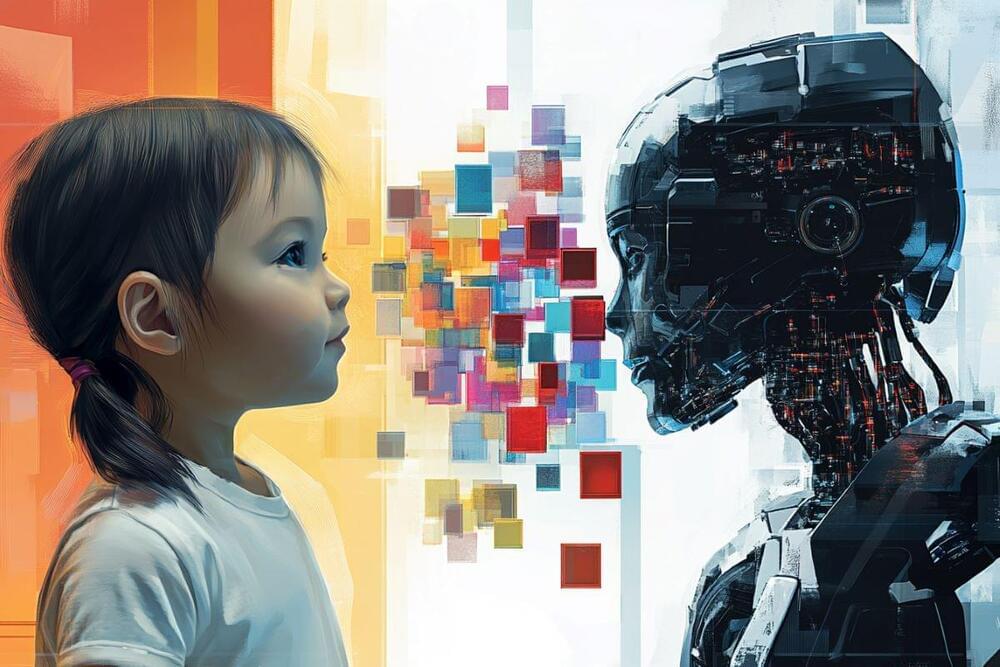Summary: A new AI model, based on the PV-RNN framework, learns to generalize language and actions in a manner similar to toddlers by integrating vision, proprioception, and language instructions. Unlike large language models (LLMs) that rely on vast datasets, this system uses embodied interactions to achieve compositionality while requiring less data and computational power.
Researchers found the AI’s modular, transparent design helpful for studying how humans acquire cognitive skills like combining language and actions. The model offers insights into developmental neuroscience and could lead to safer, more ethical AI by grounding learning in behavior and transparent decision-making processes.
